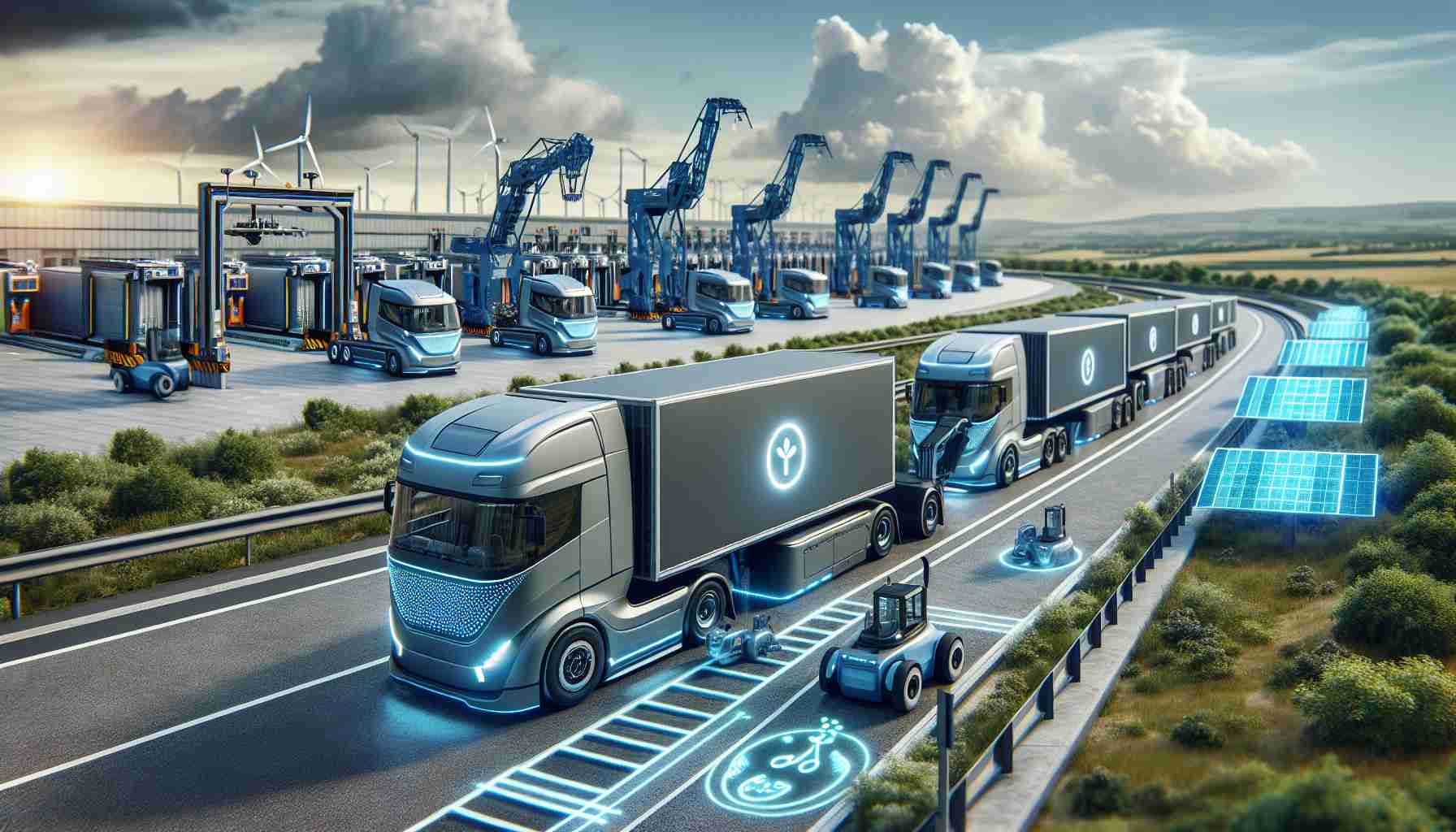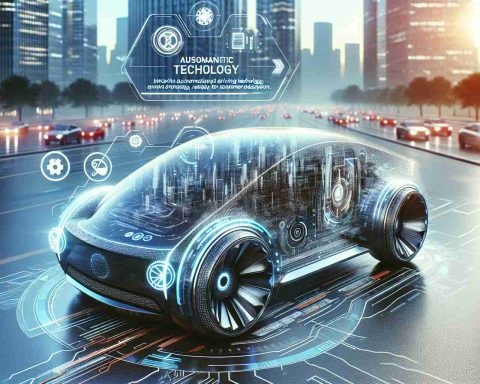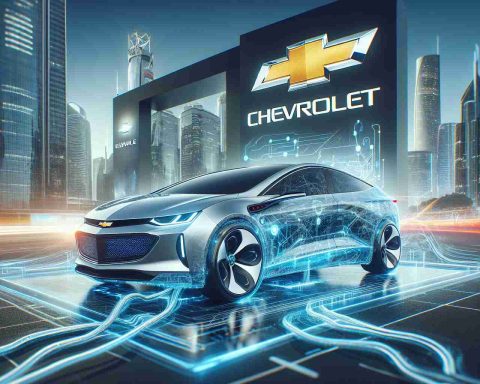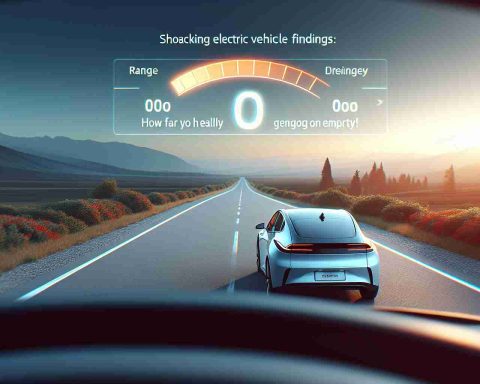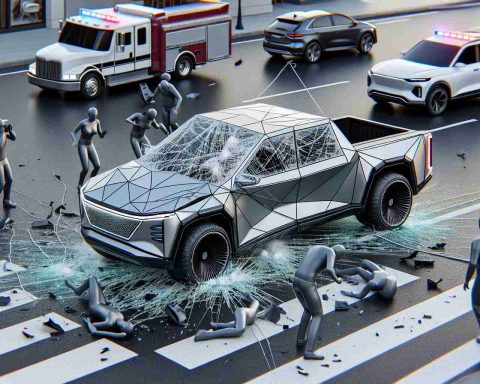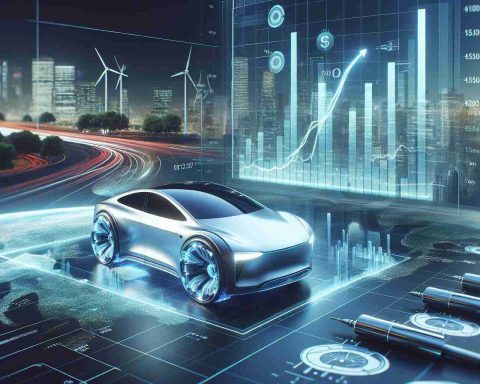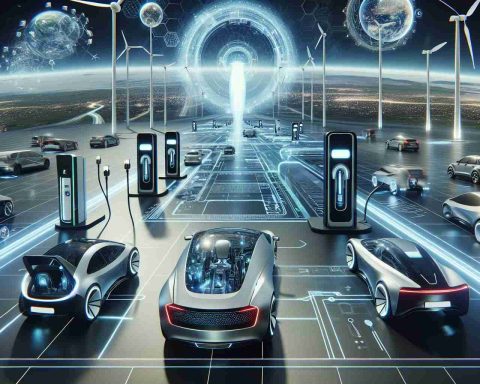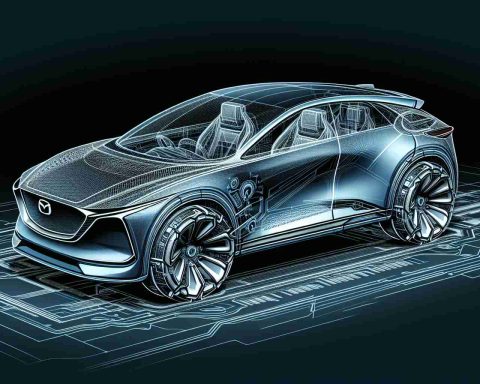- Electric vehicles (EVs) are transforming the logistics industry by reducing operational and maintenance costs.
- Charging an EV is often more cost-effective than traditional diesel fueling, leading to significant savings for fleet operators.
- Governments are providing incentives and tax breaks to encourage the adoption of electric trucks.
- Advanced safety features in electric trucks significantly enhance driver awareness and reduce accident risks.
- EVs contribute to environmental sustainability by lowering greenhouse gas emissions and improving air quality.
- The transition to electric trucks is expected to create new job opportunities in technology and maintenance sectors.
The logistics industry is undergoing a seismic shift, thanks to the rise of electric vehicles (EVs). Post-pandemic, the sector has embraced digital transformation, propelling the adoption of EVs that are set to revolutionize trucking.
Imagine this: Gone are the days of steep operational costs tied to diesel engines. Electric trucks not only slash maintenance prices but also empower drivers with real-time diagnostics, preventing small issues from snowballing into costly repairs. Charging an EV is often cheaper than fueling a diesel truck, delivering substantial savings to fleet owners. Governments are sweetening the deal with incentives and tax deductions, making the shift to EVs a financially savvy move.
But it’s not just about economics. Safety has become a paramount concern, and electric trucks are leading the charge with state-of-the-art safety features. Equipped with 360-degree views, advanced airbag systems, and collision warning technology, these vehicles enhance driver awareness, reducing the risk of accidents—a lifesaver on bustling roads.
Furthermore, EVs are gentle on the planet. By drastically cutting greenhouse gas emissions, they play a crucial role in combating climate change and improving urban air quality. This environmental commitment coupled with new job opportunities in tech and maintenance sectors hints at a prosperous, green future in logistics.
As the industry races towards this electrified future, it’s clear: switching to electric trucks not only enhances operational efficiency but also secures a safer, cleaner planet for generations to come. The road ahead is electric, and it’s gleaming with promise!
The Future of Logistics: Why Electric Trucks Are the Game Changer You Need to Know About!
The Impact of Electric Vehicles on the Logistics Industry
The logistics industry is rapidly evolving with the introduction of electric vehicles (EVs), a change significantly accelerated by recent digital transformations and the need for sustainable practices in a post-pandemic world. Here are some key insights that highlight the importance and implications of this shift.
Innovations in Electric Truck Technology
Electric trucks are integrated with cutting-edge technology that appeals to modern logistics. Some new innovations include:
– Autonomous Driving Features: Many electric trucks are being designed with advanced AI capabilities that support semi-autonomous driving, enhancing safety and efficiency during long hauls.
– Telematics Systems: Enhanced telematics solutions offer greater insights into fleet performance, allowing for optimized route planning and operational efficiency.
– Regenerative Braking: This technology converts energy spent during acceleration back to stored battery power during braking, improving the range and efficiency of the truck.
Pros and Cons of Electric Trucks in Logistics
# Pros:
1. Cost Savings: Reduced fueling and maintenance costs significantly lower the total cost of ownership.
2. Environmental Benefits: Substantial reductions in greenhouse gas emissions contribute to sustainability efforts.
3. Incentives: Government initiatives provide financial benefits that further lower costs for transitioning to EVs.
# Cons:
1. Charging Infrastructure: Limited charging stations can pose challenges for long-haul logistics.
2. Initial Investment: The upfront cost of electric trucks can be higher compared to traditional diesel options.
3. Range Limitations: Current battery technology may limit the distance electric trucks can efficiently travel on a single charge.
Market Forecasts and Trends
The electric truck market is expected to experience explosive growth, with projections indicating that by 2030, a significant percentage of commercial trucks will be electric. Factors driving this growth include:
– Increased regulatory pressures for emissions reductions.
– Advancements in battery technology that improve range and reduce costs.
– Increasing consumer demand for sustainable logistics options.
Frequently Asked Questions
1. What advantages do electric trucks offer compared to diesel trucks?
Electric trucks provide lower operational and maintenance costs, enhanced safety features, and environmental sustainability. Additionally, incentives from governments make them more financially attractive.
2. What is the current state of charging infrastructure for electric trucks?
While the charging infrastructure is expanding rapidly, it still poses a challenge for long-distance logistics. However, continual investments are made to enhance charging networks, especially along major freight routes.
3. How does the transition to electric trucks affect job opportunities in logistics?
The shift to electric vehicles is anticipated to create new job opportunities, particularly in technology, software development, electrical engineering, and vehicle maintenance sectors, as the industry adapts to modern demands.
Conclusion
The logistics industry’s embrace of electric trucks not only represents a significant economic opportunity but also a crucial step towards a more sustainable future. With ongoing innovations and growing market demand, electric vehicles are set to redefine the logistics landscape, ensuring safety, efficiency, and environmental responsibilities come standard. The road ahead looks particularly bright as the sector continues to innovate.
For more insights on the future of transportation and logistics, visit TruckingInfo to stay updated on the latest trends and technologies.
